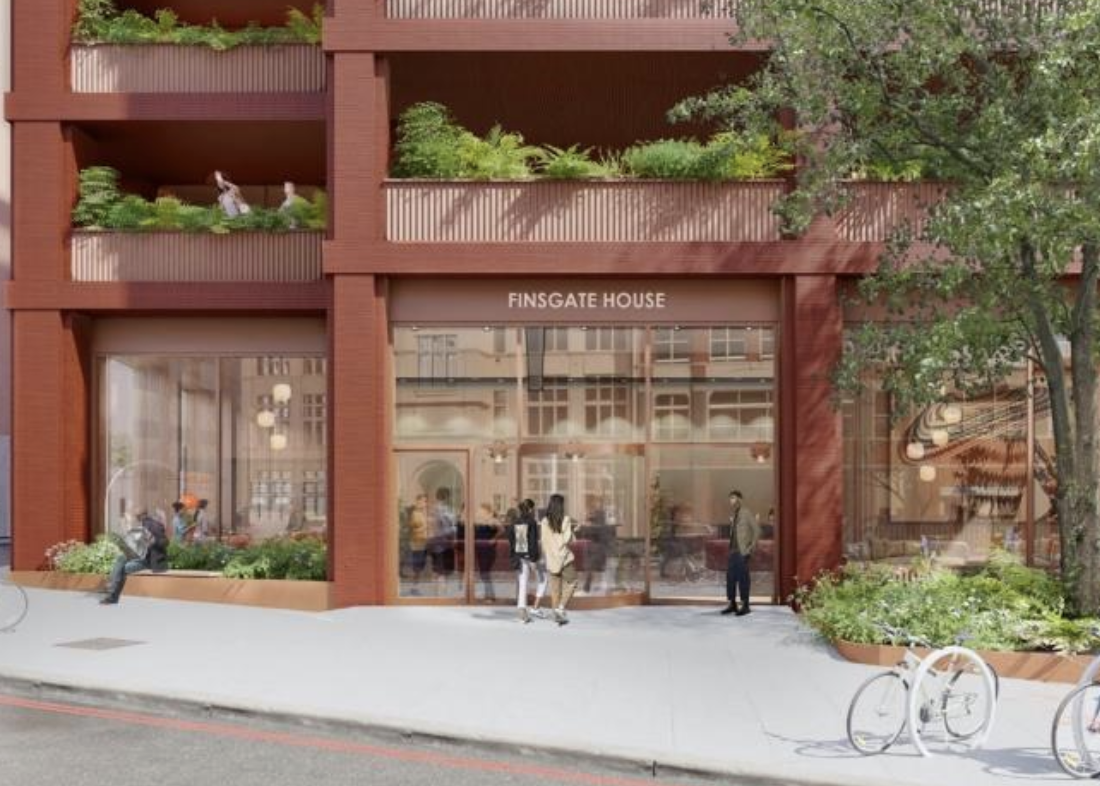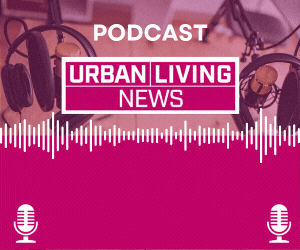US: Office-to-residential coliving conversions could provide a faster and more affordable way to address the housing shortage, according to new research from architecture firm Gensler and The Pew Charitable Trusts.
In a February 2025 report, Gensler and Pew outlined coliving conversion models for vacant office buildings in Houston and Los Angeles. The concept proposes the delivery of compact micro-units within shared living arrangements, offering lower rents and shorter development times than traditional multifamily housing.
In Los Angeles, monthly rent for a coliving micro-unit would be approximately $1,000 (£800), compared to the city’s median rent of $2,072 (£1,660). In Houston, equivalent rents would be $700 (£560), compared to a median of $1,297 (£1,040).
The report found that converting offices to co-living is also more cost-efficient. In Los Angeles, each unit would require $120,000 (£96,000) in subsidies, significantly lower than the $380,000 (£304,000) typically needed to develop a conventional studio. Gensler estimates that these conversions could be completed in 12 to 18 months.
Alex Horowitz, project director at Pew’s Housing Policy Initiative, said: “This model enables cities to create significantly more housing using the same level of public funding.”
Downtown office vacancy rates remain high in many US cities, while housing demand continues to rise, particularly among single-person households, which represent up to 58 per cent of renters in some urban centres.
The report identified a strong need for more affordable options for key workers in healthcare, education and other essential sectors.
Construction costs are reduced by 25 to 35 per cent compared to standard conversions, partly due to the reuse of existing plumbing and shared services. The layout also increases density, allowing up to three times more units per floor.
However, regulatory frameworks remain a barrier. Zoning and building codes in many cities do not currently support this housing typology. Gensler and Pew recommend policy changes to allow co-living models to be rolled out more widely.
Highlights:
• Coliving conversions in Los Angeles could cost around £800 per month, while in Houston, the price might be as low as £560 per month
• The subsidy required for coliving units is up to 68 per cent lower compared to conventional studio apartments
• The construction time for coliving units is expected to range from 12 to 18 months
• There could be a 25 per cent to 35 per cent reduction in construction costs for coliving developments
• Regulatory reforms are necessary to fully unlock the potential of coliving units at scale
























